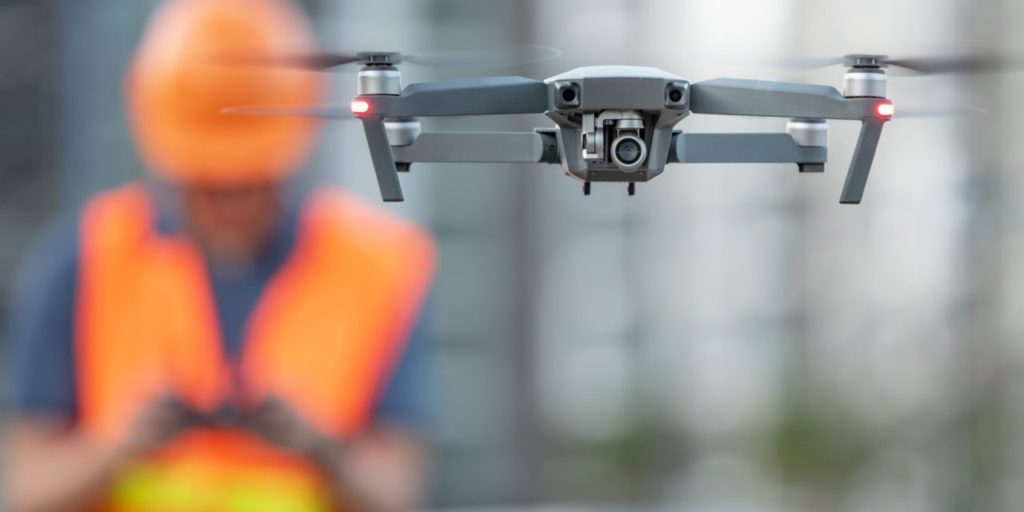
Remote inspection techniques on the rise
New technologies – such as drones, climbers and robot arms – are rapidly entering the inspection era, adhering to the contextually digital transformation trends. And, in turn, major classification societies are embracing the so-called Remote Inspection Techniques (RIT) for their class surveys prosecution. For those wondering the reasons why, safer and less intrusive surveys is the answer!
Without requiring confined space entry, RITS are considerably less expensive than other methods. Likewise, they’re far safer than traditional methods of inspection that involve sending inspectors into unsafe conditions. Analytically, the pros of RITS in conjunction with class surveys are as follows:
- improve efficiency of inspection techniques
- reduce the survey time (real time streaming through RVIs)
- reduce the survey costs
- lessen the need to access potentially hazardous inspection areas (i.e locations at height)
- reduce risk for surveyors and inspectors
- set limits on conventional risk evaluation
- ensure comprehensive risk assessment
- are easy to operate
- are environmentally friendly
Important dates:
- October 2018: MPA Singapore accepted remote inspection techniques for the conduct of surveys onboard Singapore-Registered Ships. According to the Port Authority, a remote inspection technique may be used to facilitate the required external and internal examinations. The methods applied will provide the survey results normally obtained for/by the Surveyor.
- January 2019: DNV GL approved the use of service suppliers to provide close-up surveys using remote RITS – drones, climbers or remotely operated vehicles (ROVs). That said, RITs can be used as alternatives for close-up surveys in both DNV GL rules and IACS Unified Requirements. Service suppliers must be able to successfully perform a close-up survey according to the requirements given by the classification society. The attending DNV GL surveyor will watch the details of the close-up inspection through a live video stream. The data obtained during RIT surveys will later be compiled into a final report.
- March 2019: ABS published guidance notes on the use of remote inspection technologies, detailing best practices for their use on class surveys and non-class inspections.
“The use of RITs can reduce risk for Surveyors and inspectors by lessening the need to access potentially hazardous locations at height, or other hazardous inspection areas. This guidance facilitates safer, more effective and efficient, use of these technologies” – John McDonald ABS Senior Vice President, Western Hemisphere Operation
6 most common types of RITS
- UAVs (Unmanned Aerial Vehicles)
- ROVs (Remotely Operated Vehicles)
- Robotics (i.e. crawler)
- Divers
- Climbers
- Fixed (sensors deployed in a fixed location)
11 RITS inspection types for Classification Surveys:
- General external surveys (air)
- Tank testing
- Hull surveys
- Overall survey of cargo holds
- Overall survey of enclosed spaces
- Close-up survey of cargo holds
- Close-up survey of enclosed spaces
- Thickness measurement of enclosed spaces
- Thickness measurement of non-enclosed spaces
- In-water mooring chain visual inspection up to a depth
- Mooring chain thickness measurement up to a depth
5 things to take into consideration
Understanding how the aforesaid basic concepts of each RIT meet specific needs are of great importance when selecting equipment.
- Highly trained operators are required
- Electrical source is required in most applications
- Additional tests needed when applying in complex areas
- Proper data management is always required
- Operational limitations of RITs may be faced
It goes without saying that RIT technologies are transforming operating models as well as risk understanding. However, the ESP Code is not clear on the applicability of RIT. Therefore, as DNV GL well mentions – acceptance from flag authorities is necessary before RIT is used for class surveys on ESP ships (oil tankers and bulk carriers).
Source: SAFETY4SEA